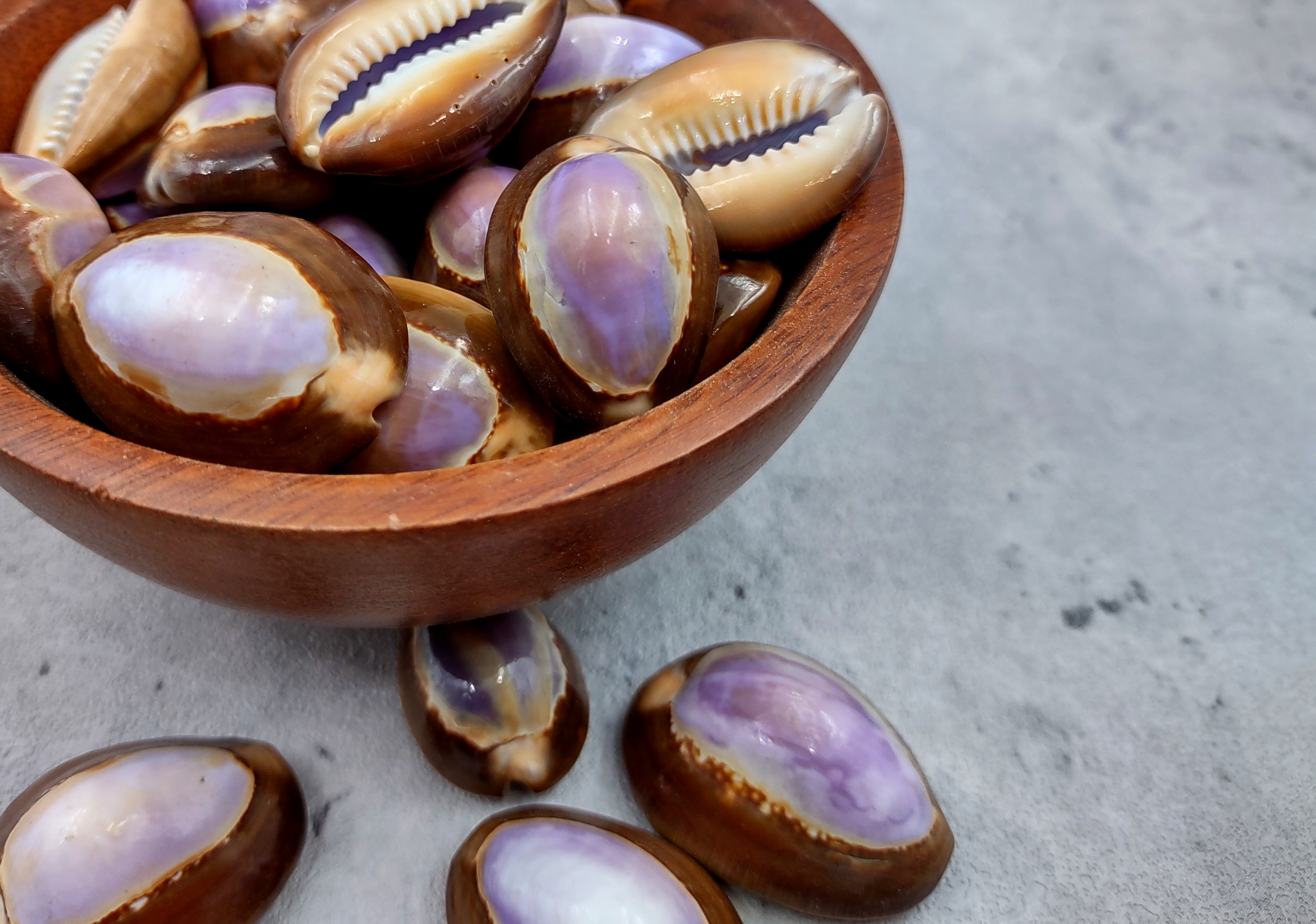Did You Know Cowrie Shells Were Used as Currency Around the World?
Seashellsupply.com on 20th Nov 2024

The History of Cowrie Shells as Currency
For centuries, the humble cowrie shell was a powerful tool of commerce and culture across many civilizations. These small, glossy shells, often collected from the Indian and Pacific Oceans, have a fascinating history as one of the world's earliest forms of currency.
Ancient Beginnings
The use of cowrie shells as money dates back to ancient times. In parts of Africa, Asia, and the Pacific Islands, cowrie shells were highly valued for their beauty, durability, and relative rarity. Their smooth, shiny appearance made them an attractive choice for trade and ornamentation.
Cowries in Africa
In Africa, cowrie shells were a dominant form of currency for hundreds of years. They were used in everyday transactions, from purchasing food and goods to paying for services and even settling fines. The shells were so integral to the economy that they were counted in strings, similar to modern-day rolls of coins. In some regions, cowries also held spiritual significance and were used in rituals and ceremonies.
Cowries in Asia
In ancient China, cowrie shells were one of the earliest forms of money. They were used as currency during the Shang Dynasty (circa 1600-1046 BC), and their shape even inspired the design of the first Chinese characters for money. As trade routes expanded, cowries were traded extensively along the Silk Road, facilitating commerce between distant lands.
Spread to the Pacific Islands
Cowrie shells found their way to the Pacific Islands through trade and migration. In places like Fiji, Tonga, and the Solomon Islands, cowries were used in barter and as a measure of wealth. They were often strung together and worn as jewelry, symbolizing both economic and social status.
Colonial Influence
The arrival of European colonizers in Africa and Asia dramatically impacted the use of cowrie shells as currency. European traders introduced new forms of money, but cowries continued to be used in some areas well into the 19th and early 20th centuries. They remained a symbol of tradition and cultural heritage even as modern currencies took over.
Legacy
Today, cowrie shells are no longer used as currency, but their legacy lives on. They are treasured as cultural artifacts and are often used in jewelry, art, and decoration. At Seashell Supply and Emporium, we honor this rich history by responsibly sourcing our cowries and other seashells, ensuring that their beauty and historical significance continue to be appreciated by generations to come.
From ancient markets to modern collections, cowrie shells have traveled a remarkable journey through time, symbolizing trade, wealth, and cultural connection. Their story is a testament to the enduring power of nature's small wonders.
We have a wide range of cowrie shells from around the world available at SeashellSupply.com. Including Purple top Cowries, Arabic Cowries and Tiger Cowries. Check them out today!

